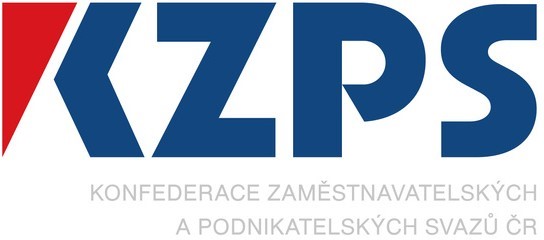Czech Business Today
EESC Corner: Budgetary supervision in Eurozone
World economic and financial crisis brought to light a need for better coordination and enhanced supervision in EU economic policy and its Monetary Union. Key instrument for the coordination and supervision of national fiscal policies is the Growth and Stability Pact. Its preventive mechanism shall ensure cautious fiscal policies carried out by EU Member States.
From now on, the Member States will have to present their Stability and Convergence programmes describing the process to reach midterm budgetary targets defined as a percentage of the GDP in structural references. The Member States who are not able to reach their midterm budgetary targets are expected to reach the latter annually by 0.5% of their GDP in structural references. The proposed reform of the preventive mechanism keeps the current midterm budgetary targets and convergence requirements out of 0.5% GDP annually and introduces new principles for cautious fiscal policy. The annual growth of national expenses should not exceed the planned cautious midterm growth of the GDP. The Member States who will not comply with the abovementioned growth of expenses and will not take the appropriate measures on the receipts side, will receive a warning by the European Commission or, worse, a recommendation by the Council to take corrective actions. The aim of the corrective actions is to prevent important errors in budgetary policies. The Member States will have to avoid excessive public finance deficit (3% GDP) and public debt (60% of GDP) under the threat of financial sanctions applied by the European Commission. The European Economic and Social Committee welcomes the proposed measures, however it highlights that the proposed preventive and corrective measures should be deeply examined. The EESC deems that the fiscal rules should thoroughly reflect three facts.
- Firstly, they should take into consideration the matter of the quality of fiscal actions from the point of view of important influence of the receipts and expenditures mechanism to the supply side of the economy.
- Secondly, they should more accentuate preventive than corrective approach.
- Thirdly, they should be aware that the mechanisms based on incentives are more efficient than mechanisms based only on repressive measures.
Marie Zvolská,
Member of the EESC – Group I






